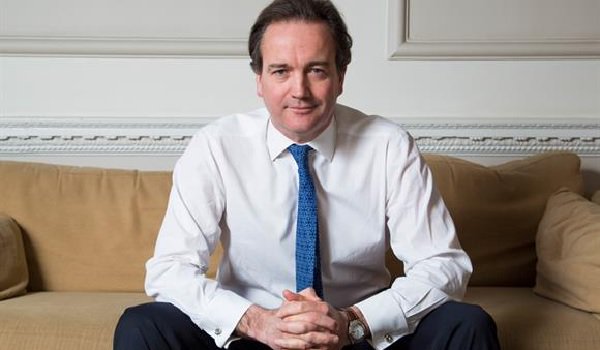PCCs challenged to explain use of reserves
The Government has insisted forces explain how they are using their reserves as the amount held in these funds was made public.
The Government has insisted forces explain how they are using their reserves as the amount held in these funds was made public. More than £1.6 billion was held in usable reserves in March 2017, up from £1.4 billion in 2011, according to government figures released on Wednesday (January 31). However, police and crime commissioners (PCCs) say the amount held in reserves is expected to fall by 50 per cent over by 2020. PCCs have been asked to publish their reserves strategies online to improve transparency about how taxpayers money is being invested. The Home Office said these strategies should be clear and accessible and should detail specifics about how contingency funds will be used to improve services for the public. The measures follow Policing and Fire Minister Nick Hurds meetings with forces around the country to discuss the demand they face and how financial reserves can be used more effectively. Mr Hurd said: Police reserves are an important tool for police leaders to fund projects and manage financial risk, but we also need to ensure there is real transparency about how they, as taxpayers money, are being used to improve the service delivered to the public. Ive asked PCCs to set out their reasons for holding funds in reserve, so that the public can have a clearer picture of how their money is being spent on policing. The Government expects forces to make better use of their reserves as part of its budget settlement for 2018/19. An additional £450 million will be provided for policing this year, although most of this will come from an increase to policings take of council tax. The amount held by each force varies significantly, from 42 per cent of annual funding in Gwent to less than seven per cent in Northumbria. Northumbria Polices reserve fund has shrunk by almost 70 per cent since 2011, and the force now holds just £16.9 million. North Yorkshire Police has also spent more than four-tenths of its reserves over the last six years, while West Yorkshire Police has seen its own increase by 200 per cent. Londons Mayors Office for Policing and Crime has the largest sum in reserves at £240.2 million, followed by West Midlands Police with £106 million and West Yorkshire Police with £91.1 million. However, the vast majority of these funds have already been earmarked for specific projects leaving just £378 million in the national pot for contingencies. Another £508 million has been allocated for capital spending. The Government expects PCCs to lay out how much funding has been earmarked for planned expenditure in their current plans and how much has been put aside for projects beyond the current planning period. It also asked them to explain how much is being held as a general contingency. Roger Hirst, finance lead for the Association of Police and Crime Commissioners, said it is right for there to be more transparency around reserves. He added: We have been working alongside the Home Office to ensure that there is greater access to information on police reserves and a more thorough understanding of their purpose. However, we maintain that adequate levels of reserves are necessary in order to cover current budgetary risks and uncertainties, and to provide the main source of funding for local change and development programmes. External auditors and (Her Majestys Inspectorate of Constabulary and Fire and Rescue Services) both monitor reserve levels and have noted the scale of depletion in the medium term. We have used 22 per cent of revenue reserves over the last two years and they are forecasted to reduce a further 50 per cent by 2020 from £1.63bn to £806m.


